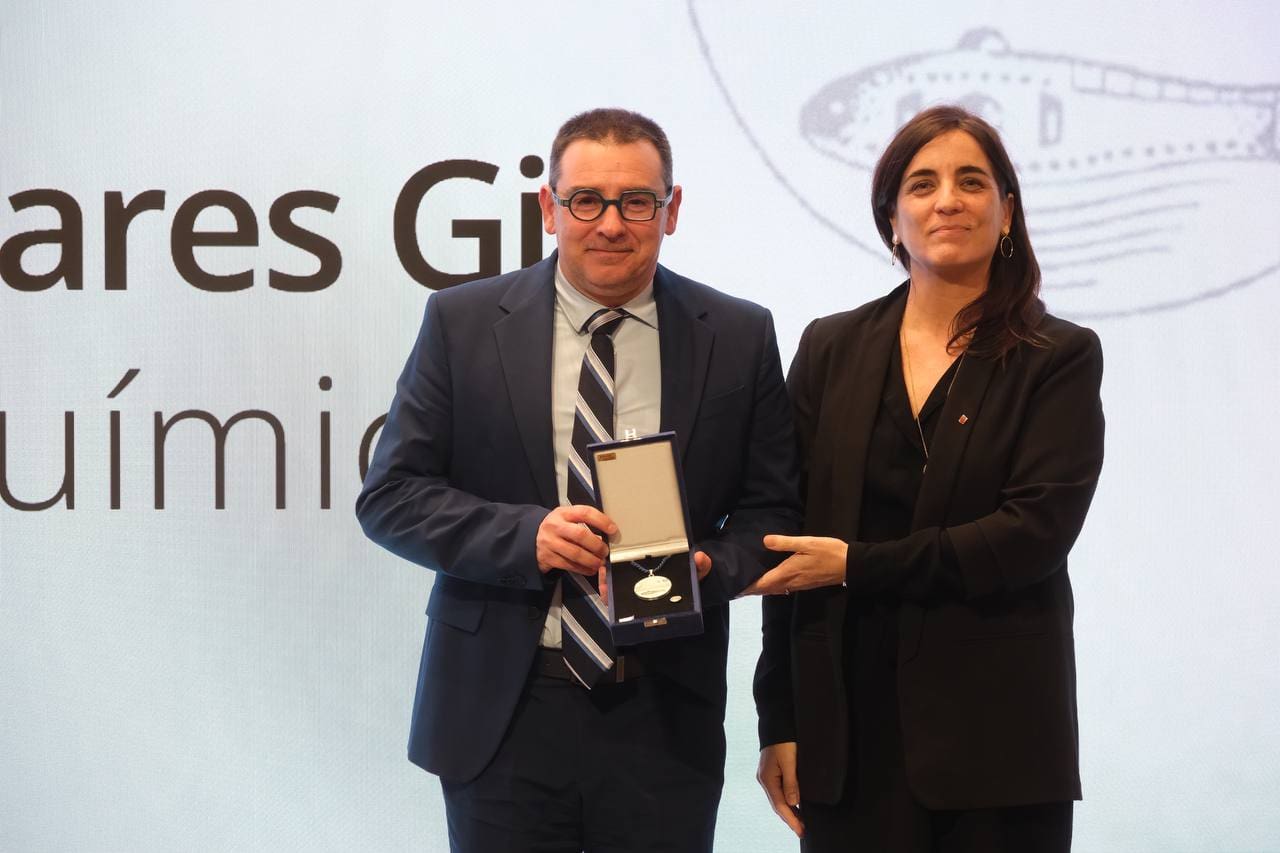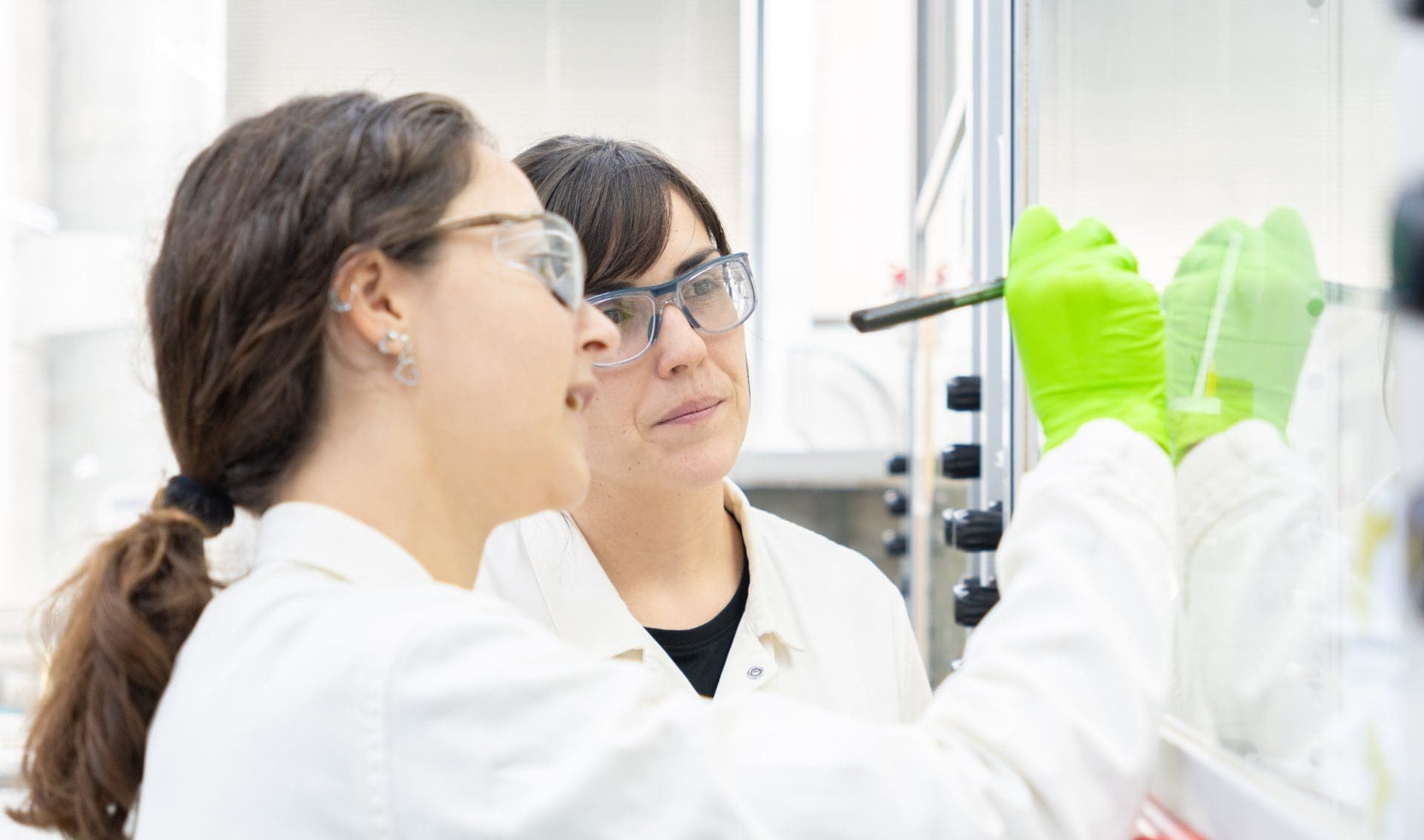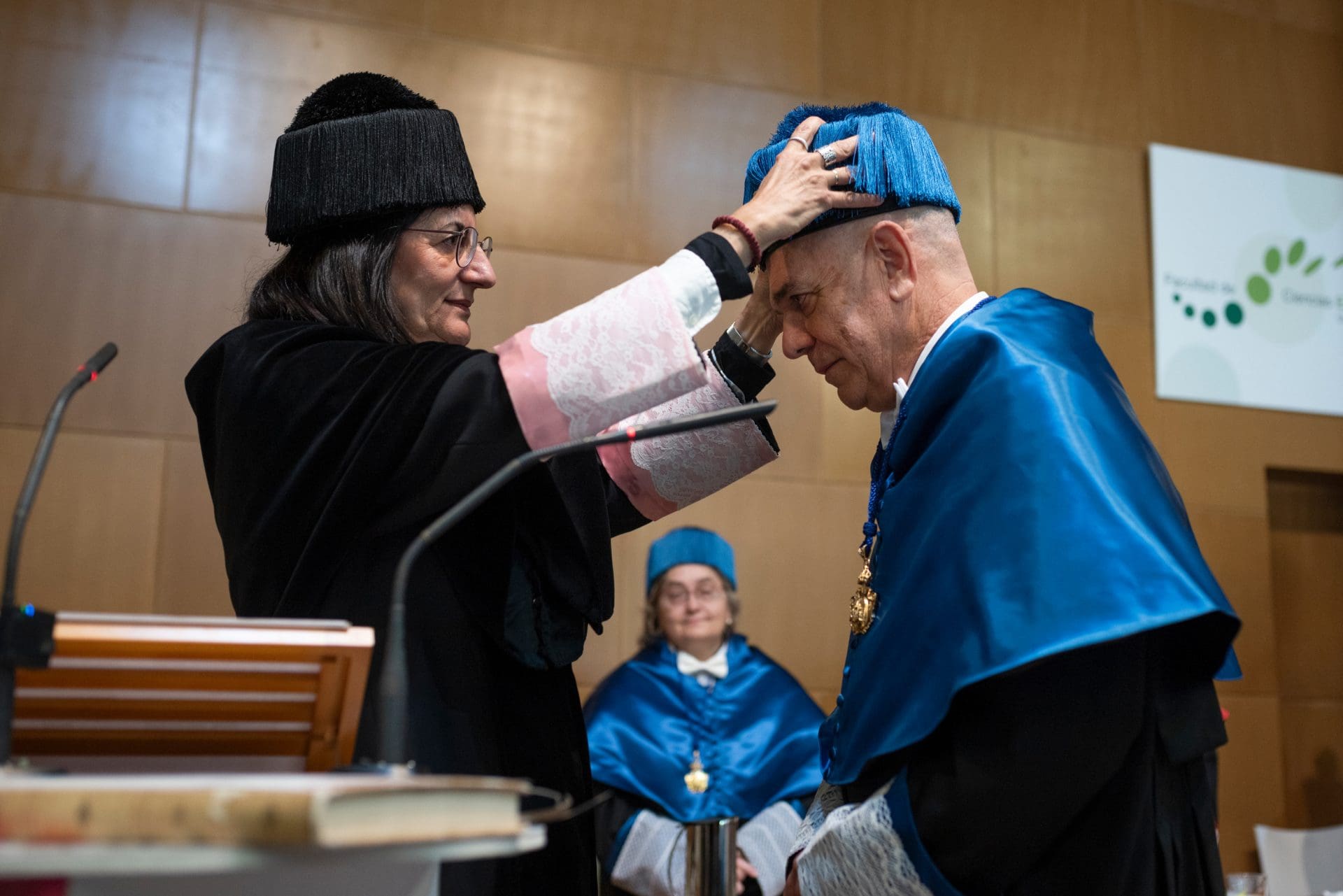New computational insights using Marcus theory to unlock the potential of photocatalysis
ICIQ researchers examine the potential of the Marcus theory to estimate free-energy barriers in energy transfer processes, paving the way for advances in photocatalysis.
Dr. Albert Solé-Daura and Prof. Feliu Maseras have explored the application of the Marcus theory, traditionally used to model electron transfer, to estimate the free-energy barriers underlying energy transfer (EnT) processes. These results support that the Marcus theory can be effectively applied in combination with Density Functional Theory (DFT) calculations to predict the height of EnT barriers and motivates computational research on EnT, which is a fundamental event in photocatalysis.
The computational exploration has been presented in the journal Chemical Science. This work also reveals that using the ‘asymmetric’ variant of the Marcus theory provides more accurate barriers for the sensitization of alkenes via EnT. Conversely, the ‘symmetric’ approach leads to larger, though still reasonable discrepancies.
This computational approach is set to open up new possibilities for large-scale screenings, making experimental work faster and more efficient, while also helping us to better understand the structure-activity relationships that drive these processes. This, in turn, opens the door to designing new and more efficient photocatalytic systems, leading to major progress in the growing field of EnT photocatalysis.
Prof. Feliu Maseras
A particular application of the Marcus theory
The Marcus theory was originally developed to provide a fundamental understanding of single-electron transfer (SET) kinetics. Although EnT can be regarded as two concomitant SET events between donor and acceptor molecules, the modeling of EnT processes using Marcus theory has been significantly less explored. Current state-of-the-art approaches rely on computationally demanding wavefunction-based methods, hindering their application in a systematic fashion for large-scale computational screenings.
Prof. Maseras group examined the potential of classical Marcus theory, which neglects electronic coupling between reactant and product states, as a cost-effective and easy-to-use computational alternative to more sophisticated methods for estimating EnT barriers, and assessed its performance against experimental data. Also, they explored for the first time the application of an ‘asymmetric’ variant of the Marcus theory, whereby reactants- and products-state surfaces are described by symmetric parabolas of different width, demonstrating that the latter approach allows for excellent prediction of EnT free-energy barriers.
EnT photocatalysis has a lot of potential and is attracting more attention, but EnT events still remain a largely unexplored area for computational chemistry. This is likely because they are more challenging to model compared to traditional bond-formation and bond-breaking reactions.
Dr. Albert Solé-Daura, first author of this work
Dr. Solé-Daura has just started his new position at ICIQ as “la Caixa” Junior Leader. He will lead a research project devoted to the development of SURFXsim, a new computational method for the atomistic simulation of spin-forbidden events, and its application in large-scale catalytic systems and materials.
Reference article
Straightforward computational determination of energy-transfer kinetics through the application of the Marcus theory
Sole-Daura, A.; Maseras, F.
Chem. Sci. 2024, DOI: 10.1039/d4sc03352c.
Related news

Let's create a brighter future
Join our team to work with renowned researchers, tackle groundbreaking
projects and contribute to meaningful scientific advancements







 17-02-2025
17-02-2025 


















